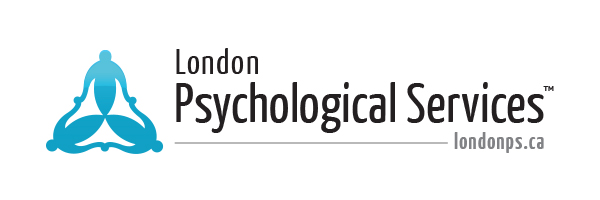BY: NICOLE CORMIER
I am terrible at art.
I am not being self-deprecating here, or fishing for reassurance. Art is the only subject I legitimately came close to failing in high school – I passed Grade 8 Art with 50%, and I strongly suspect this was only because my teacher felt sorry for me.
I have struggled with visual arts my whole life. Music and writing came easily to me at a very early age, when I was still impulsive and brave, throwing myself into new things without fear of judgement or criticism. But painting and drawing, translating images in my head to lines or shapes on a surface, has always been difficult for me.
I wanted to be good at art, but I could never get it to look the way it was supposed to. So I struggled, and despaired, and ultimately stagnated in the growth process. I stopped trying to do art in eighth grade when I nearly failed. I am terrible at art because I was afraid of not being good enough, of taking risks, of being vulnerable. That risk was always greater with visual art because it didn’t come easily to me - yet those same fears and insecurities would catch up with my writing and music later on, when the external expectations increased in adulthood.
My difficulties with art are, I think, symptomatic of a larger issue we are coming rapidly, and powerfully, into conflict with through the process of navigating the COVID-19 epidemic. We have lived in a society shackled by perfectionism, impossible aspirations and ideals, unrelenting yet unattainable expectations for continual excellence, self-improvement, and efficiency.
And we have been paralyzed by it, either driving ourselves to the point of exhaustion trying to achieve un-achievable perfection, or entirely abandoning the effort. As a culture, we have stagnated. We’ve had almost endless “freedom” of choice, possibility in our pursuits and actions – yet we have been confined in our hearts, struggling to live up to others’ expectations, make the “right” choices, and avoid failure and mistakes instead of living our best lives for ourselves. We stopped taking risks. We stopped leaving ourselves vulnerable to failure.
Now, we are confined by social distancing and quarantine. Physically unable to “do whatever we want,” we are stuck at home. Stuck at home…without the pressure of constant surveillance. Without the weight of judgement pressing down on us. We are confined in body…but suddenly our minds are free.
It’s a peculiar feeling – realizing that because the world has turned upside down, there are no “right” choices with regard to how to live life. There are people trying to return to that familiar, comforting-yet-paralyzing pattern (blog articles about how to set up minute by minute homeschooling schedules for children come to mind), but I think we’re all feeling something interesting – it isn’t working anymore.
Instead, we are muddling through. We are charting new territory – working from home, which opens up new possibilities and flexibilities despite the frustrations of adaptation. Spending more time with loved ones – because we have to, yet maybe it feels unexpectedly right. And relaxing the relentless expectations on ourselves – wearing jogging pants to work is okay. Looking like a mess is okay. Being a mess is okay. Because nobody is watching – and yet somehow, things are still working. They might even…be feeling a bit better.
What else can we do when nobody is watching?
I’ve decided to paint.
I bought a paint-by-numbers kit. It seemed like a safe place to start. Maybe, like the supermoms with their meticulous homeschooling schedules, I felt initial comfort in the directions, in the order, in the clear expectations and instructions on how to be perfect.
So I set out, and diligently attempt to follow the instructions.
But it doesn’t work.
The brush doesn’t go where I want it to. It skims over the lines, the paint clumps and catches, leaving smears and smudges where they aren’t supposed to go. I cringe inside – “this looks horrible. I didn’t do it right.”
Then I stop, and I realize – who cares? Who is going to see this right now? Who is going to judge this? Who is going to tell me I’ve wasted my time if it’s not perfect? Who is going to say I didn’t do it right?
Nobody. Because they’re all inside their houses, just like me. Trying to figure out how to respond – in their unique way – to the world turning upside-down.
So I keep painting.
And I realize as I go that the harder I try to stay within the lines, the harder I concentrate, tense and worried, the worse it turns out. The brush-strokes look forced and confined. The brush is more likely to wander off when I try the hardest to keep it where it belongs. But when I let go, when I push the paint onto the canvas bravely, trusting myself, accepting the vulnerability that it *might* go out of the lines – those are the strokes that I feel most proud of.
This is a time for bravery. For vulnerability, and the magic that comes with it. For painting outside the lines, and for inventing new lines of our own. Letting go of the need to “get it right,” the painting will come together, more beautiful and satisfying than we could have imagined. Imperfectly.


